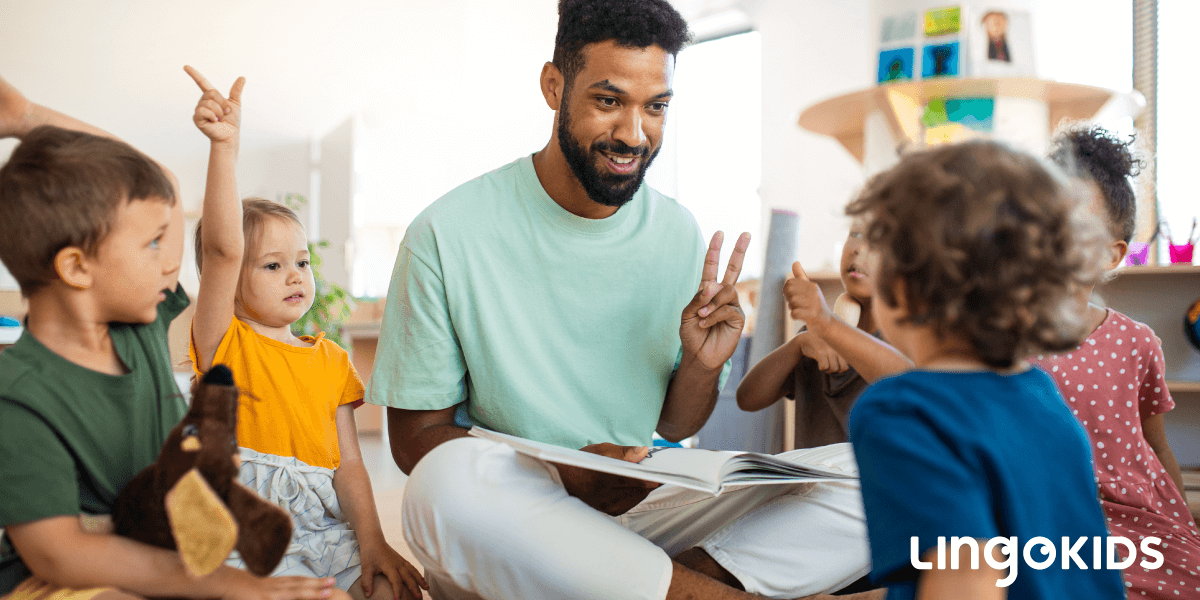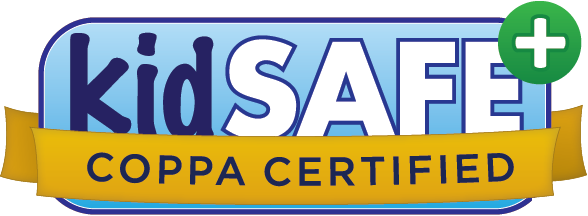Just like fingerprints, each child’s learning style is unique and special! There are multiple ways to support children’s various learning styles.
In the past, schools taught mainly linguistic and logical learning styles, and all children were expected to conform. Now, the 7 different learning styles are being utilized so that all students can interact with academic content in a way that makes sense to them.
So, what is the best learning style for your child? Well, educators and parents are realizing that most kids use a blend of multiple styles of learning! Your child may have one dominant learning style with a mix of other supporting needs. Some children may use a blend of all 7 learning styles depending on the setting, subject, or circumstance.
It’s helpful to know your child’s preferred learning styles so that you can support their academic journey and be an advocate for them if they’re struggling to learn new information.
What Are the 7 Different Learning Styles?
Visual Learning Style (spatial)

- Learns best by seeing new information
- Preference for pictures, images, and doodling
- These learners can use their “minds-eye” to visualize complex concepts
- Support kids with: information that is color-coded or arranged in mind-maps
Kinesthetic Learning Style (physical)

- Learns best through hands-on experiences
- Preference for using the body and sense of touch
- These learners often have a lot of energy! It may be hard for these learners to listen to directions. It’s helpful for them to carry out activities themselves!
- Support kids with: role-playing, flashcards, 3D models, building, fidget-spinners
Aural Learning Style (auditory-musical)

- Learns best by listening and reading out loud
- Preference for studying with music in the background and learning rhymes and chants
- These learners are good at discerning pitch, rhythm, and tone
- Support kids with: songs, chats, videos, or podcasts
Social Learning Style (interpersonal)

- Learns best by brainstorming with other people
- Preference to work in groups or with partners
- These learners are good with people and enjoy socializing
- Support kids with: study groups, partner work, social activities
Solitary Learning Style (intrapersonal)

- Learns best when processing information alone
- Preference to work and study alone
- These learners are often skilled in self-reflection
- Support kids with: notes, silent reading, journaling
Verbal Learning Style (linguistic)

- Learns best through discussing and writing new information
- Preference to demonstrate learning through words—both in speech and writing
- These learners often excel with reading, writing, and telling stories
- Support kids with: rhymes, acronyms, worksheets, tongue twisters
Logical Learning Style (mathematical)

- Learns best by asking questions and getting “the facts”
- Preference for logic, reasoning, and numbers
- These learners often excel at math and science
- Support kids with: patterns, sequences, puzzles
How Can I Support My Child’s Learning Style?
“Children tend to lean towards a learning style that gives them more access to the content. Observe what your child needs and try to cater to it. Perhaps they’ll need more Kinesthetic activities, or maybe they’ll learn best through singing songs. Remember that learning styles can change depending on the subject matter, so be flexible and open to giving your child different learning opportunities as they develop and grow.”
-Rachel Forbes, Education and Content Facilitator at Lingokids
- Observe your child as they interact with new information. Do they gravitate toward music? Do they like to do puzzles? Are they interested in colors?
- Expose your child to multiple styles of learning. Give children opportunities to experience the different styles. Try discussing cartoons together after watching them. Give them space to do a puzzle on their own. Sing and dance to a song about spelling! The more learning styles you can expose them to, the better.
- Speak with their teacher. If your child is in school, you might want to talk to their teacher about their learning style preferences and inquire about how you can help support classroom material at home.
Learning Styles and Lingokids
The Lingokids app utilizes the many different learning styles so that all children can access new information in a way that is not only fun and entertaining, but also makes sense to them! Download the app to discover 1000+ games, songs, and videos with your child’s learning style in mind.
Plus, check out the content on our YouTube channels.
How does your child learn best? Let us know by tagging us on social media!






